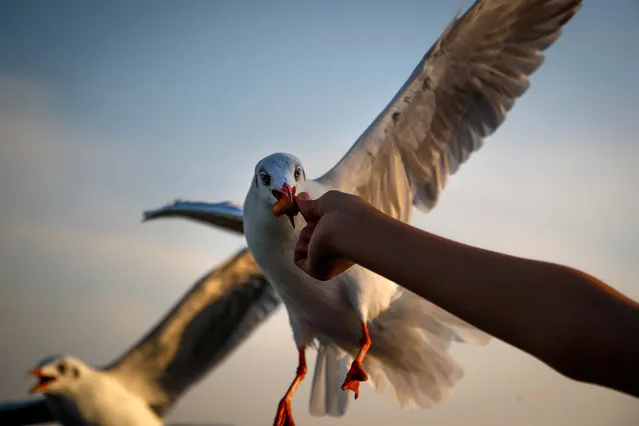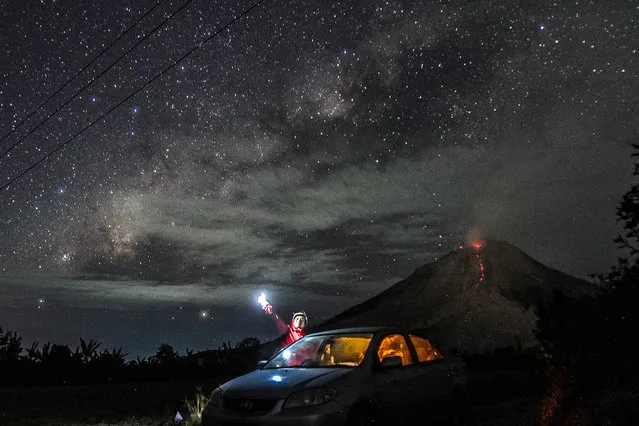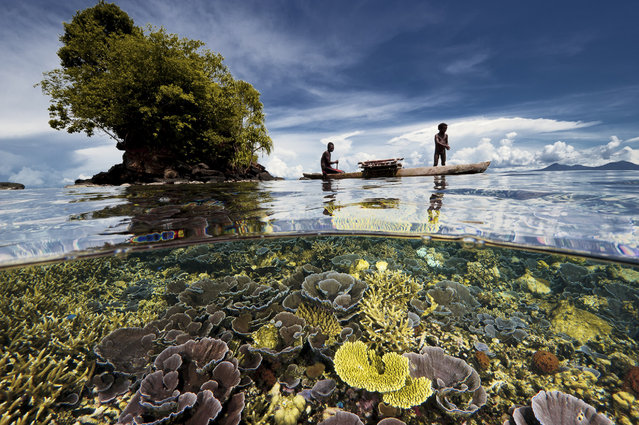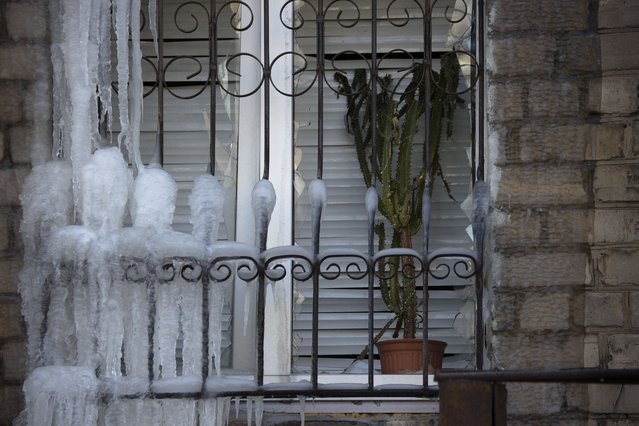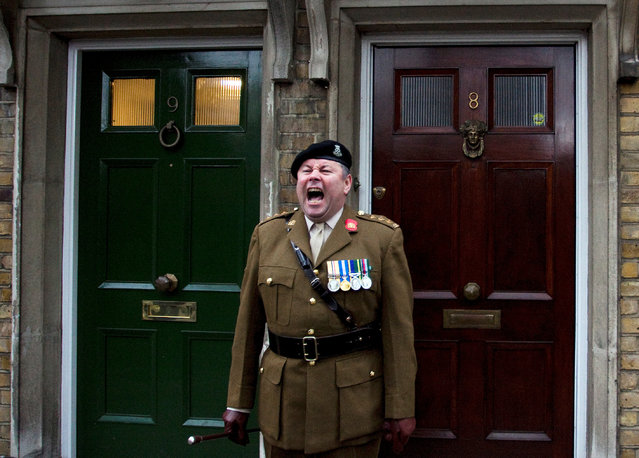
Parade Marshall Captain Gary Tomlin gives a command during a Remembrance Sunday parade through Fulham in West London, Britain November 8, 2009. Every year in November, villages, towns and cities across Britain honour those who have lost their lives in war on Remembrance Sunday. While Queen Elizabeth leads tributes at a national service of remembrance at The Cenotaph war memorial in central London, various neighbourhoods also hold their own local marches and memorials. (Photo by Kevin Coombs/Reuters)
10 Nov 2016 11:57:00,post received
0 comments

